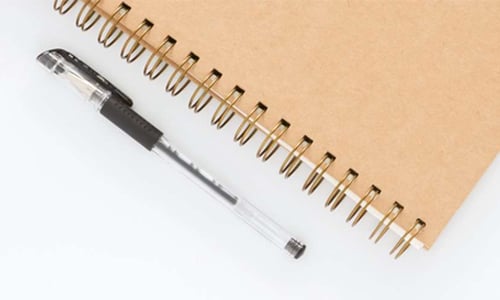How to Wear a Backpack the Right Way
Published: Author: Abby Helgeson
Categories
From Our Blog
What Our Customers Say
10% OFF
Subscribe and receive 10% off your next order! Plus, be the first to know about specials, product ideas, tips and tricks.















